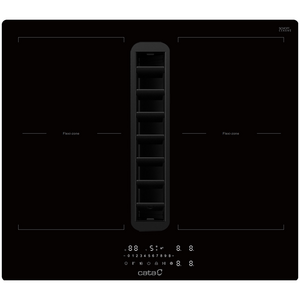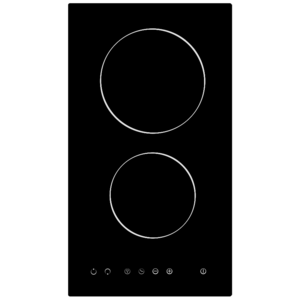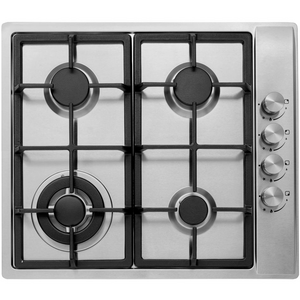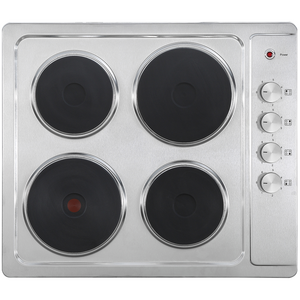Induction, Gas, or Ceramic Hobs – Which is the Right Choice?
When choosing a hob for a kitchen, the decision often comes down to induction, gas, or ceramic. Each type has its own advantages depending on cooking preferences, budget, and kitchen setup. Below is a detailed comparison to help make an informed choice.
Induction Hobs – Efficient and Precise
How They Work: Induction hobs use electromagnetic energy to heat cookware directly, making them one of the most energy-efficient options.
- Fast Heating: Heats cookware almost instantly.
- Precise Temperature Control: Ideal for delicate cooking.
- Energy Efficient: Only heats the pan, reducing wasted energy.
- Easy to Clean: Flat surface with no exposed burners.
- Safe: No open flame, and the hob stays cool until cookware is placed on it.
- Requires Induction-Compatible Cookware: Must be magnetic (stainless steel, cast iron).
- Higher Initial Cost: More expensive than ceramic and gas.
- Electrical Installation: Usually needs a dedicated circuit.
Best For: Modern kitchens, energy efficiency, quick and precise cooking.
Gas Hobs – Traditional and Versatile
How They Work: Gas hobs burn natural gas or LPG to create a visible flame, offering instant heat and control.
- Instant Heat Adjustment: Immediate response to temperature changes.
- Works with Any Cookware: No need for special pots and pans.
- Great for All Cooking Styles: Ideal for wok cooking, simmering, and frying.
- Reliable: Can still be used during power cuts.
- More Cleaning Effort: Pan supports and burners require regular maintenance.
- Gas Supply Needed: Requires a gas connection or LPG bottle.
- Less Energy Efficient: Some heat is lost around the pan.
Best For: Traditional cooking, chefs who want full control, kitchens with a gas supply.
Ceramic Hobs – Sleek and Practical
How They Work: Ceramic hobs have electric heating elements beneath a glass surface that heat the cookware.
- Smooth, Stylish Design: Blends well with modern kitchens.
- Easy to Clean: Flat surface makes wiping spills simple.
- Affordable: Lower upfront cost than induction.
- Works with Most Cookware: No special pots required.
- Slower to Heat and Cool: Not as responsive as gas or induction.
- Less Energy Efficient: Some heat is lost as the element stays hot after cooking.
- Hot Surface: Stays warm for a while after use, which can be a safety concern.
Best For: Budget-conscious buyers, modern kitchens, easy cleaning.
Final Verdict – Which One is Right?
- For speed, efficiency, and safety → Induction
- For precise heat control and traditional cooking → Gas
- For affordability and a sleek look → Ceramic
The best choice depends on individual needs, budget, and kitchen setup. Trade professionals may prefer gas, while modern homeowners may opt for induction or ceramic for a clean, minimalist aesthetic.




